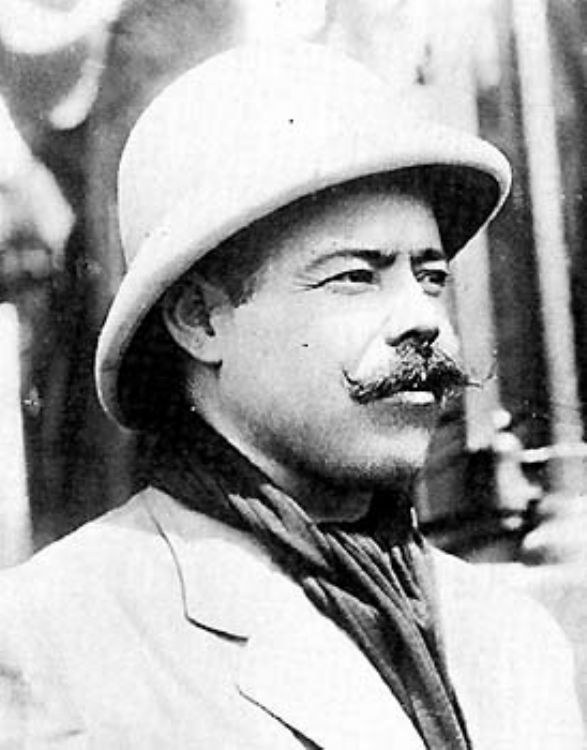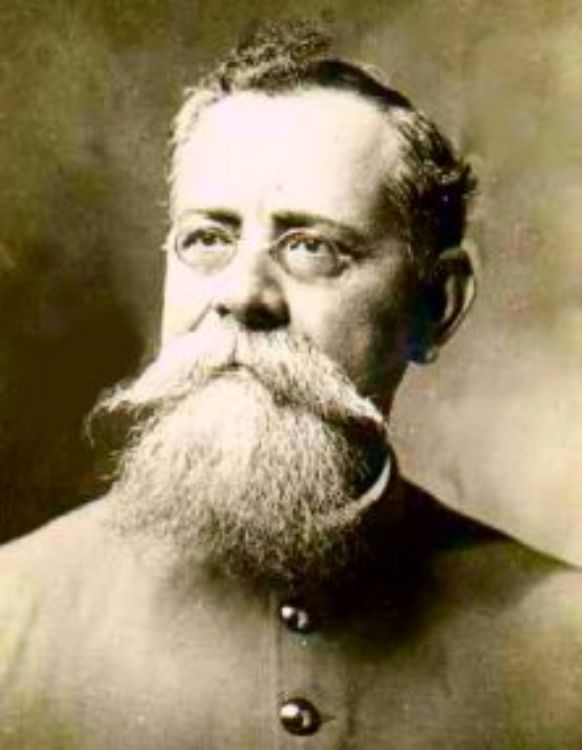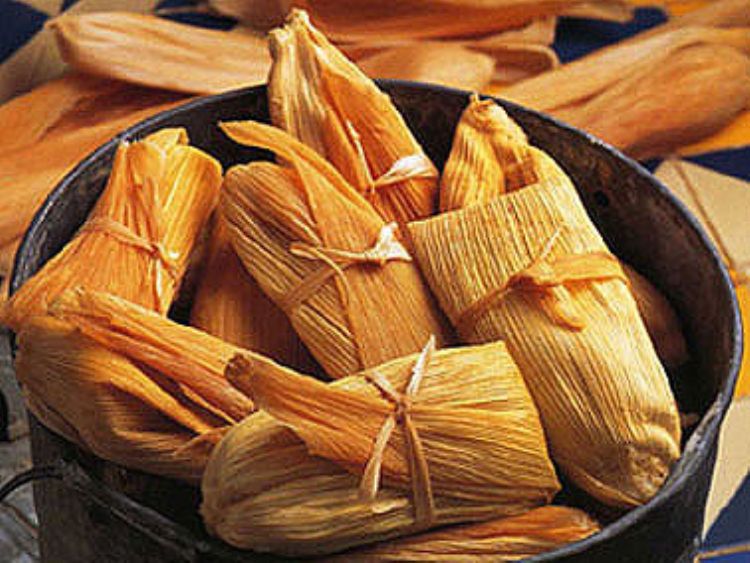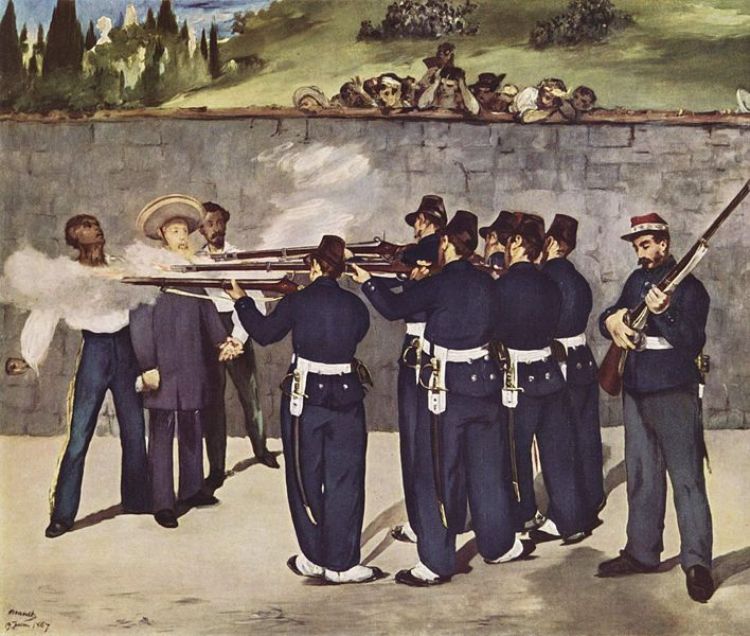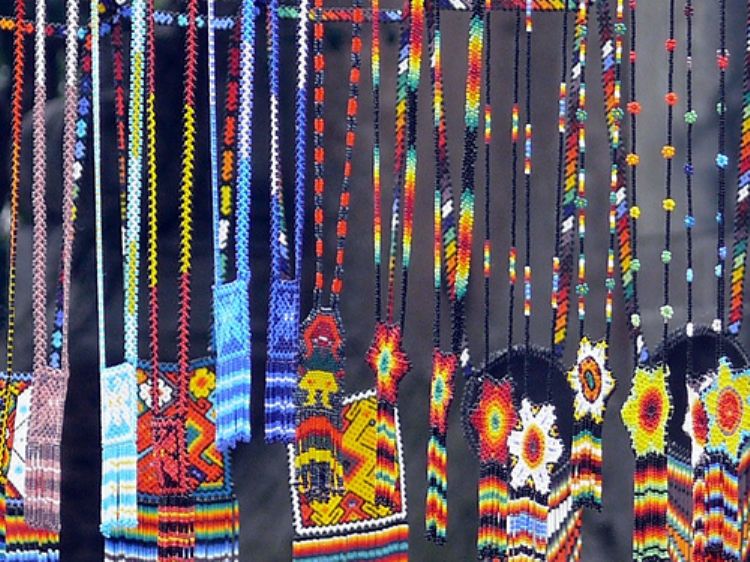The Tlatelolco Massacre
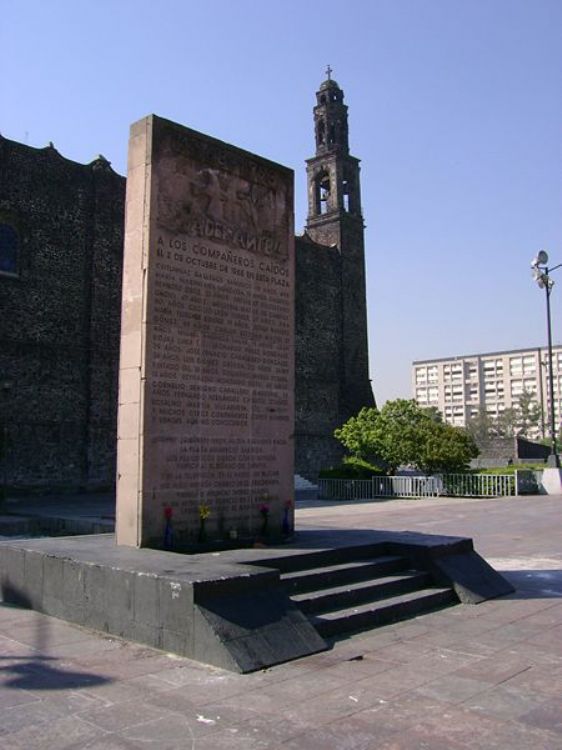
The Tlatelolco Massacre occurred on the 2nd of October 1968 at Plaza de las Tres Culturas in Tlatelolco, Mexico City; a few days before the inauguration of the Olympic Games. This bloody event happened when the Army and paramilitaries (Batallón Olimpia) opened fire against a group of demonstrators. The massacre, which has remained in impunity, was perpetrated when Luis Echeverría â president of Mexico from 1970 to 1976 â occupied the post of Minister of the Interior under the orders of President Gustavo Díaz Ordaz (1964 â 1970).
On the 22 of July 1968, a football game between two schools ended in a fight. Policemen stopped the disturbance and held a few students within the schoolâs facilities. In repudiation to this police act, a number of academic institutes went on strike, the army responded by going into their campuses; outstanding among the most notable for the force employed during that confrontation, the army destroyed a door, carved in the XVII century, of a school with a bazooka. In August of that same year, a massive march demonstrated against then President Gustavo Diaz Ordaz. On the 18 of September, the army invaded University City of UNAM, withdrawing on October 1st. During the afternoon of October 2, a day after the army left the UNAM campus, thousands of persons gathered at Plaza de las Tres Culturas of Tlatelolco. The army kept vigilance, the same as during all former demonstrations, to avoid disturbances and for fear of the building of Foreign Relations being assaulted.
Meanwhile, members of Batallón Olimpia (dressed as civilians) infiltrated the demonstration at the place where speakers and the media stood. Without any apparent reason, the members of this battalion fired against the demonstrations; the soldiers who were guarding the demonstration repelled the aggression, claiming to believe the shots were coming from the students. Many demonstrators attempted to escape the shooting by hiding inside the surrounding buildings and the army, without a warrant, barged into each apartment of Unidad Tlatelolco to capture them.
It is estimated that this massacre caused the death of more than three hundred persons, although government sources report only 40 to 50 deaths. Besides the deaths, there were hundreds of wounded and detained, accused of political crimes.
This movement and its fatal outcome resulted in an active critical attitude within public universities, prompting the development of guerillas during the seventies. This resulted in a legal and institutional change, materialized in the Political Reform of 1977 in favor of the countryâs democracy.
Many authors point out that the movement in Mexico was within the world context of social struggles born at universities, known as the âCultural Revolution of 1968â.
On the 27 of November 2001, then President Vicente Fox created the Special Prosecution for Social and Political Movements of the Past (FEMOSPP for its initials in Spanish) directed by Ignacio Carrillo Prieto, who requested the prosecution of Echeverría, accusing him of genocide. In January 2005, FEMOSPP requested the apprehension of 55 persons presumably responsible of the Tlatelolco Massacre. FEMOSPP considered that former President Luis Echeverría should be consigned to a penal federal judge together with others who were also considered suspects of the massacre. In November 2006, the arrest of Echeverría was ordered and carried out as house arrest due to his old age, but he appealed for legal protection and the arrest was withdrawn. Then, Echeverría was exonerated because for considering there was not enough evidence to prove him responsible, although it was admitted that a planned and executed genocide took place.
Artículo Producido por el Equipo Editorial Explorando México.
Copyright Explorando México, Todos los Derechos Reservados.
Foto: Wikipedia


